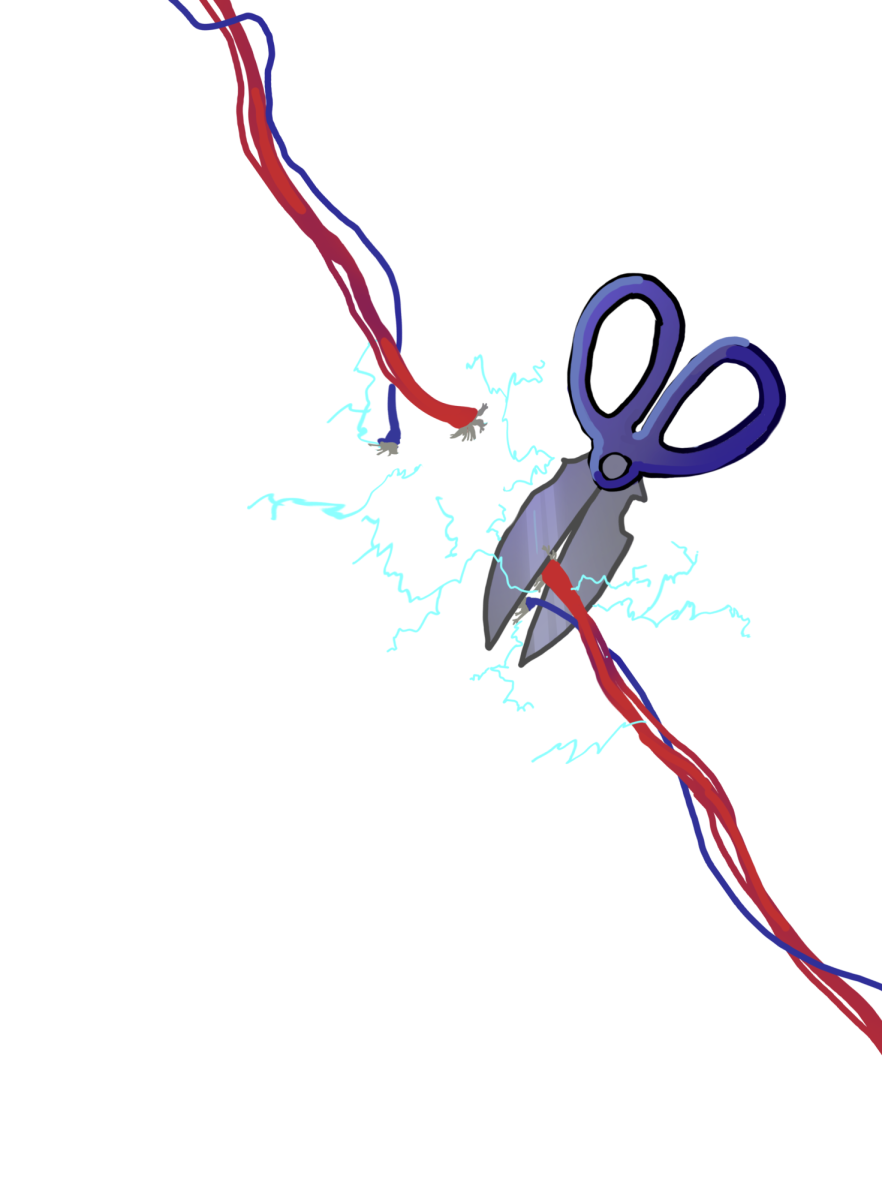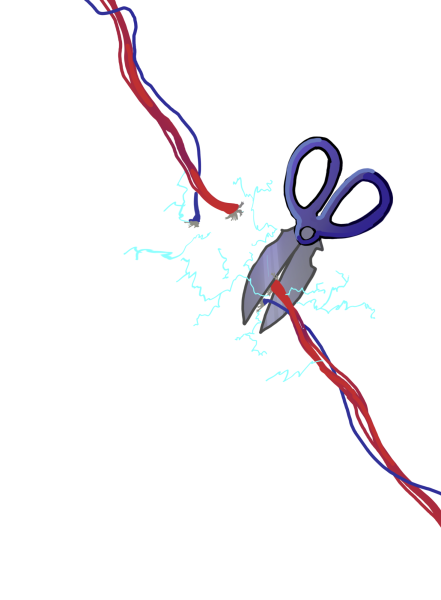Birth Control: Destroy the Myth
The first birth control made was called Enviod and was created in 1960 when health educator and birth control activist Margaret Sanger raised $150,000 to conduct the research necessary to create this pill. In 1960, Enviod was approved by the Food and Drug Administration (FDA). Five years later, the Supreme Court issued married couples the right to use the pill, ironically denying millions of unmarried women the access to the pill. It wasn’t until 1972 when the Supreme Court issued birth control to all citizens despite marital status. Now, 45 years later, millions of women continue to endure the same troubles. The birth control debate continues to be an issue and will just continue to grow under the Trump Administration. This new administration chooses to ignore the science behind birth control and allegedly insists that women should go back to using the “calendar method” to plan for their period. President Trump is trying to defund Planned Parenthood which would leave millions of women without affordable birth control. Women who are apart of Planned Parenthood won’t have the coverage they need to purchase to get birth control.
Trump claims that his administration no longer wants to support a pill used for contraception, but little does he know that birth control serves a far greater purpose than just preventing women from getting pregnant.
When a person says they are on “the pill,” many of us tend to think that they’re on it for one reason and one reason only: contraception. Even though 86 percent of users take it to prevent pregnancy, there are many non-contraceptive purposes for taking the pill. Because of abnormal menstrual cycles that some women undergo, 28 percent of users take birth control to regulate their menstrual flow. Since birth control is taken every day of the month, irregular periods usually even out after 30 days of taking the pill. The majority of women also have the burden of dealing with painful menstrual cramps every month. Although these cramps vary depending on the woman, 31 percent take birth control to reduce cramps. Another reason birth control is used is to control chronic acne. Since females have more hormones than males, many women take birth control to regulate their acne. Although birth control can prevent pregnancy (depending on if you take it consistently), it doesn’t prevent sexually transmitted diseases. In fact, the pill is only 91 percent effective. The most effective form of protection is the birth control implant, which is 99 percent effective. The number one way to prevent pregnancy is abstinence which is 100 percent effective.
For all the positive qualities that birth control offers, there are downsides to taking the pill. For instance, many women experience weight gain, nausea, mood changes, headaches, decreased sexual drive and even missed periods. Birth control can also cause women to feel bloated, especially when your menstrual cycle occurs.
The stigma surrounding birth control is dangerous. Women need to have access to birth control, it is basic health care and everyone needs to know it. In order to make women feel comfortable coming forward and using birth control, the stigma needs to end. Birth control serves a much larger purpose than avoiding a pregnancy. This problem will continue as long as Trump is in the White House and it’s up to us to stand up and fight for basic health care.







































